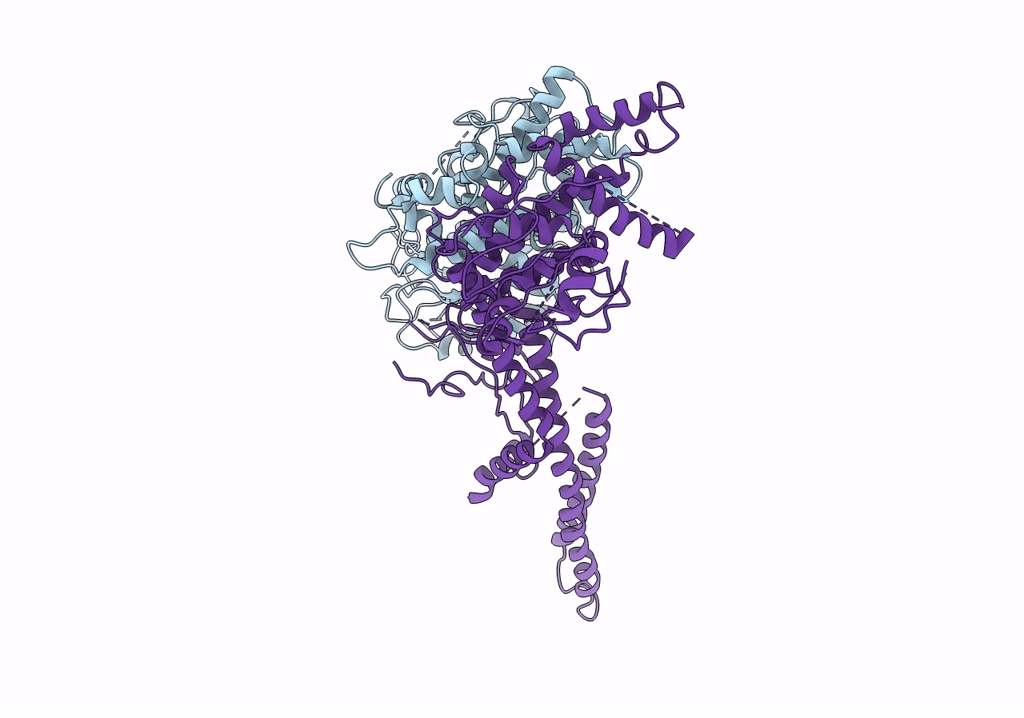
Deposition Date
2021-03-31
Release Date
2021-07-21
Last Version Date
2025-07-02
Entry Detail
Biological Source:
Source Organism:
Saccharomyces cerevisiae S288c (Taxon ID: 559292)
Homo sapiens (Taxon ID: 9606)
Escherichia coli K-12 (Taxon ID: 83333)
Homo sapiens (Taxon ID: 9606)
Escherichia coli K-12 (Taxon ID: 83333)
Host Organism:
Method Details:
Experimental Method:
Resolution:
3.80 Å
Aggregation State:
PARTICLE
Reconstruction Method:
SINGLE PARTICLE


